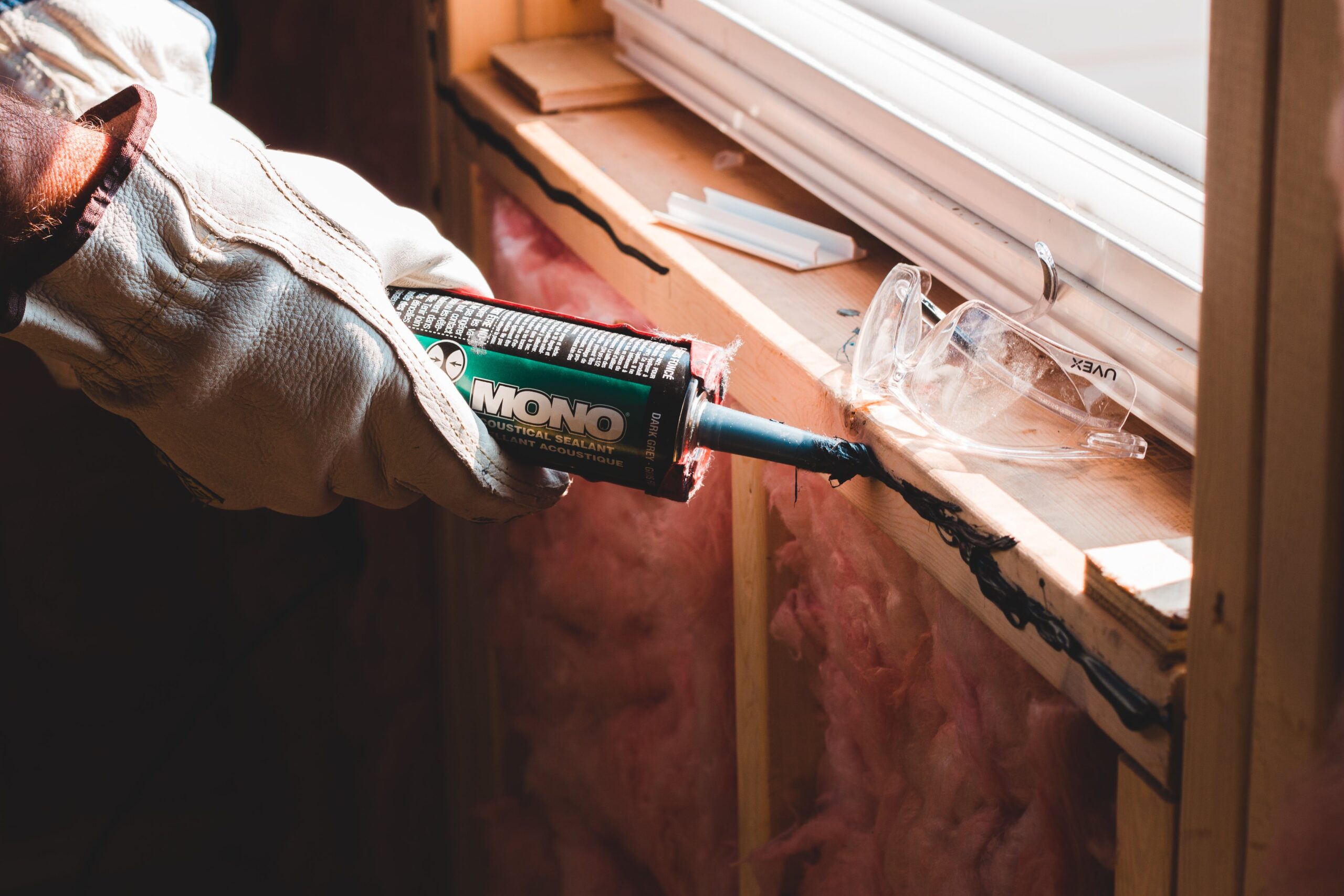Enhancing Building Envelope Efficiency: Understanding Building Envelopes – Efficiency, Components, and Importance
A building envelope serves as a protective shield, guarding both the interior and exterior of a structure from external elements. Its proper installation not only reduces strain on mechanical systems but also curtails energy expenditure while enhancing property value. Let’s delve into the intricacies of building envelopes, their components, and their critical role in achieving optimal efficiency.
What Is a Building Envelope?
Definition: A building envelope is the separation between the interior and exterior of a building. It encompasses the entire exterior system, including windows, doors, roof, floor, foundations, and insulation.
Functions of a Building Envelope
- Support: Building envelopes provide structural strength and rigidity. They determine how a home handles external loads and forces.
- Control: Envelopes play a crucial role in energy efficiency and climate control. They regulate heat transfer, water passage, and condensation between the interior and exterior.
- Aesthetics: While aesthetics are secondary, a well-designed envelope enhances a building’s appearance.
Preserving the Integrity of Your Building Envelope
1. Windows and Doors
Vital components like windows and doors are essential for maintaining the facade’s integrity. Although costly, they contribute significantly to the envelope’s performance.
2. Weather-Stripping and Caulking
Meticulous attention to weather-stripping and caulking mitigates air leakage and prevents ice dams on roofs. Regular inspections ensure the envelope’s tightness.
3. Local Regulations and Neighbourhood Considerations
Before embarking on renovations, acquaint yourself with local regulations. Upholding the envelope’s integrity ensures long-term durability.
Securing Future Savings through a Robust Envelope
A robust building envelope pays dividends over time:
- Newer Homes: Distribute weight through exterior walls.
- Older Homes: Rely on load-bearing roofs supported by purpose-built or reinforced walls. Reinforcing vulnerable areas minimizes lateral pressures.
Crucial Components of Building Efficiency
1. Walls, Roof, and Floor
The envelope’s components significantly impact energy loss. Regular inspections align with energy efficiency standards and safeguard against moisture intrusion.
2. Insulation
Proper insulation, subject to state or municipal regulations, not only saves utility bills but also mitigates noise pollution, enhancing comfort.
Moisture Management for Healthy Indoors
Effective moisture control is vital for structural stability and occupant health. Adequate ventilation and airflow prevent health issues and discomfort. An airtight envelope optimizes indoor air quality and energy efficiency.
Tightening the Envelope for Optimal Performance
1. Regulating Temperature and Humidity
An airtight envelope reduces reliance on heating and cooling systems. Enhanced air circulation ensures optimal energy efficiency and occupant comfort.
2. Properly Sealed Doors and Windows
Sealed doors and windows prevent drafts while facilitating airflow and natural light.
The Four Pillars of Envelope Functionality
- Structural Support: The envelope provides strength and stability.
- Moisture Regulation: Proper design prevents moisture intrusion.
- Temperature Control: Insulation and thermal properties maintain indoor comfort.
- Air Pressure Management: Adequate ventilation ensures efficient energy utilization.
Remember, a well-maintained building envelope not only protects your investment but also contributes to a sustainable future.
.


